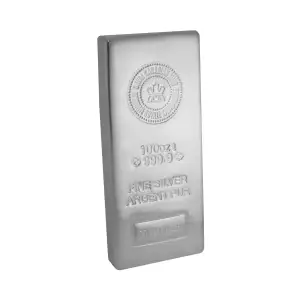The Overvalued Stock Market and the Lack of Safe Havens for Savings in an Inflationary Environment
Introduction: A Financial System That Requires Constant Growth
The stock market has reached record-high valuations, fueled by monetary expansion, corporate buybacks, and speculative trading. However, these high valuations are increasingly detached from fundamental earnings growth, creating a situation where the market requires constant inflows of new money to sustain itself.
At the same time, inflation erodes purchasing power, leaving few good options for saving money without exposing it to risk. This creates a no-win situation for savers, forcing them into the stock market, real estate, or alternative assets—none of which provide true stability.
1. The Stock Market is Overvalued and Needs New Money to Stay Afloat
A. The Market is Trading at Historically High Valuations
The S&P 500’s price-to-earnings (P/E) ratio is well above historical norms. Many large-cap stocks trade at extreme multiples, far beyond their growth potential. Stock buybacks and monetary policy distort price discovery, making valuations artificially high.
B. Continuous Money Inflows are Required
The market’s growth is not entirely organic—it depends on continuous new investments from:
- Retail investors chasing returns (401(k)s, ETFs, retirement funds).
- Institutional investors (pension funds, hedge funds) allocating capital.
- Federal Reserve liquidity policies that keep credit cheap.
If new money stops flowing in, the market would collapse under its own weight, as companies rely on rising stock prices to fund operations, acquisitions, and executive compensation.
2. Inflation Destroys the Ability to Save Money Safely
A. Savings Accounts and Bonds Lose to Inflation
U.S. inflation has eroded real purchasing power, meaning savings accounts and bonds yield negative real returns. Treasury bonds used to be a safe haven, but today, many pay below-inflation interest rates—making them losing investments in real terms. High-yield corporate bonds carry risk and still barely outpace inflation.
B. Real Estate is Expensive and Illiquid
Home prices are at record highs, driven by cheap credit, investor speculation, and supply constraints. Buying real estate requires large capital outlays and long-term commitments, making it unsuitable for many savers.
C. Gold and Bitcoin as Alternative Stores of Value
Gold has held its value historically, but its returns are limited, and many investors prefer higher-growth assets. Bitcoin offers scarcity, but its high volatility and regulatory uncertainty make it risky for traditional savers.
3. What Happens Next? The Dangers of an Overextended Market
A. A Market Crash Could Reset Valuations
A major correction could wipe out overvalued stocks, leading to a reset in asset prices. If inflation remains high, a crash may not solve the underlying problem—money will still struggle to find a safe home.
B. The Federal Reserve May Be Forced to Intervene Again
The Fed has a history of bailing out markets with low interest rates, QE, and liquidity injections. However, with inflation concerns, the Fed is losing its ability to print unlimited money without consequences.
C. Wealth Concentration Will Continue
Those with access to hard assets and alternative investments (gold, real estate, businesses) will preserve wealth. The average saver has fewer options, forcing them into risky markets or low-yield savings.
4. Conclusion: A Broken Financial System with No Safe Haven
The stock market is artificially inflated and needs constant new capital to avoid collapse. Inflation destroys the purchasing power of traditional savings, leaving no safe place to park cash. Alternative assets like Bitcoin, gold, and real estate offer potential hedges, but all have risks and limitations. The modern financial system is built on continuous expansion, and as long as inflation remains high and interest rates stay low, money will struggle to find a stable, safe home. Investors and savers alike must navigate an environment where risk is unavoidable.












